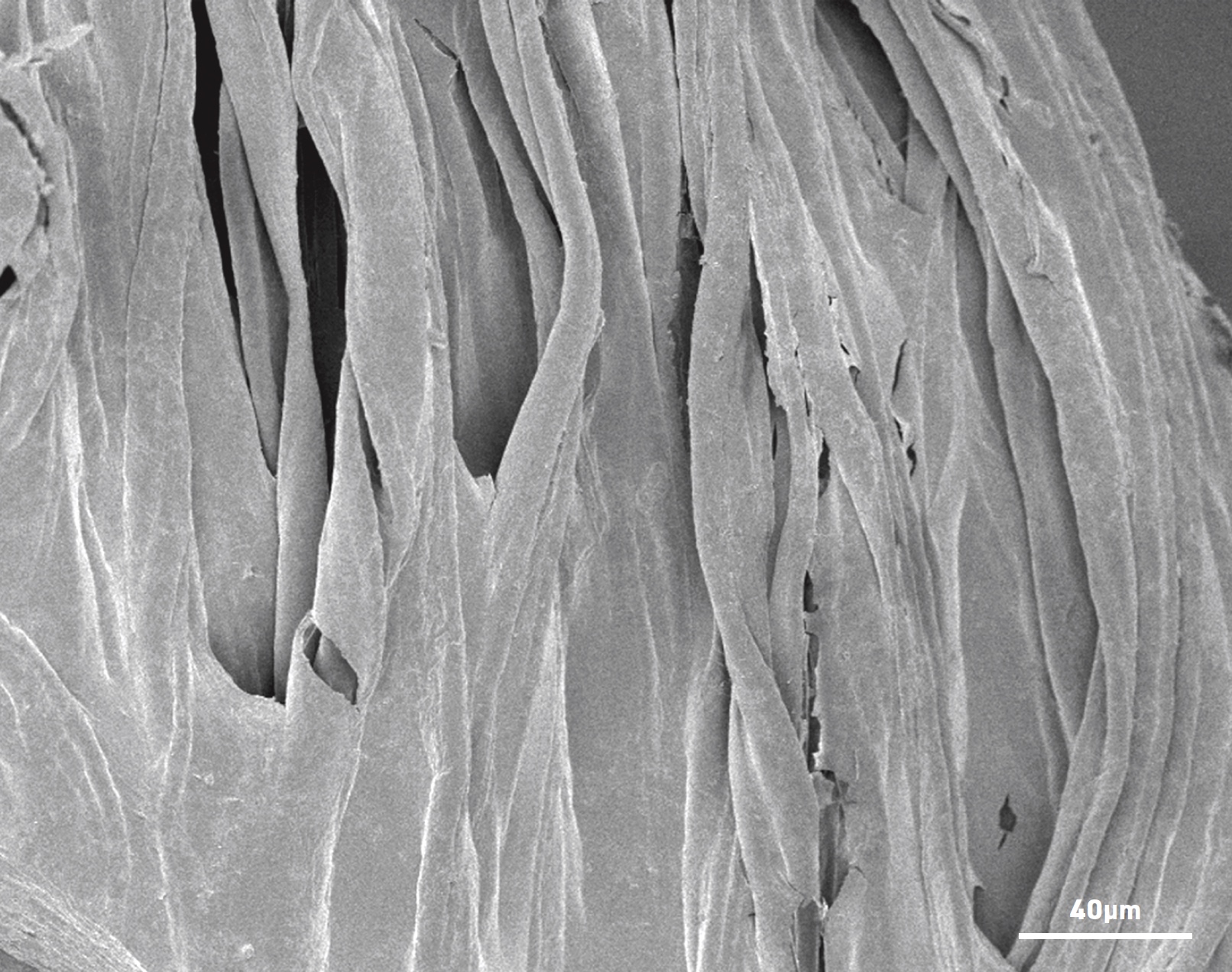1.42 billion people live with high water vulnerability, and that figure is expected to grow in coming decades. Current desalination plants that rely on reverse osmosis are expensive to build and maintain, and require huge amounts of electricity to operate. Cheap and sustainable ways of desalinating seawater, that don’t rely on electricity and need minimal maintenance, will be key to reducing this vulnerability.
A team led by A/Prof. Haolan Xu at the University of South Australia has developed a highly efficient solar evaporator to derive freshwater from seawater or contaminated water using sunlight as an energy source. More efficient than previous solar evaporation techniques that lose 10-20% of their energy into the environment, the team’s 3D evaporator loses none. In fact, it captures additional energy from the surrounding environment and directs it to the evaporative surfaces.
The key to the technology’s heat absorption is the carefully designed evaporator that uses a photothermal aerogel sheet as its evaporative surface. This sheet is made up of cotton towelling fabric sprayed with reduced graphene oxide and held on with sodium alginate and/or agarose. Reduced graphene oxide is very efficient at absorbing light and converting light into heat. Transmission and scanning electron microscopy, along with spectroscopy, at Microscopy Australia’s University of South Australia facility, were used to confirm the quality of the reduced graphene oxide and the evenness of the coating at the microscale. The Australian National Fabrication Facility also supported this research.

Scanning electron micrograph of cotton towelling coated in reduced graphene oxide.
This new super-efficient solar evaporator could deliver enough daily fresh drinking water for a family of four from just one square metre of source water. It is also cheap to construct and apart from the aerogel sheet, can be made almost entirely from materials that can be sourced from a local supermarket or hardware store.
“…Our technique could deliver a very low cost alternative [to reverse osmosis] that would be easy to set up and basically free to run. Also, because it is so simple and requires virtually no maintenance, there is no technical expertise needed to keep it running and upkeep costs are minimal.
“This technology really has the potential to provide a long-term clean water solution to people and communities who can’t afford other options, and these are the places such solutions are most needed,” says A/Prof. Xu.
T. Gao et al., Solar RRL 2021 DOI: 10.1002/solr.202100053
X. Wu et al., Advanced Science 2021 DOI: 10.1002/advs.202002501
January 11, 2022